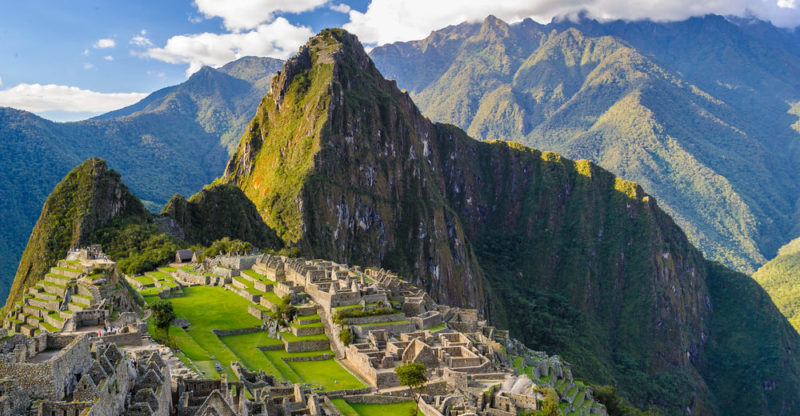We explain everything about Peru, how is the climate, flora and fauna of this country. Also, what are its characteristics, population and more.
What is Peru?
Peru or Republic of Peru is a country that is located in the west of South America . His name, in the Quechua and Aymara languages , is pronounced Piruw .
It limits to the north with Ecuador and Colombia, to the south with Chile , to the east with Brazil and Bolivia and to the west with the Pacific Ocean . Peru has a total area of 280,000 km 2 . Its capital is Lima and the main cities along with it are: Cuzco, Callao, Arequipa, Trujillo and Chiclayo.
The country is divided into 24 departments and the constitutional province of Callao.
It is a country with a great Inca tradition that it maintains even today since most of its inhabitants are descendants of natives. It has a diversity of climates, vegetation and fauna, which makes Peru a country with a great tourist attraction.
Geographical characteristics of Peru
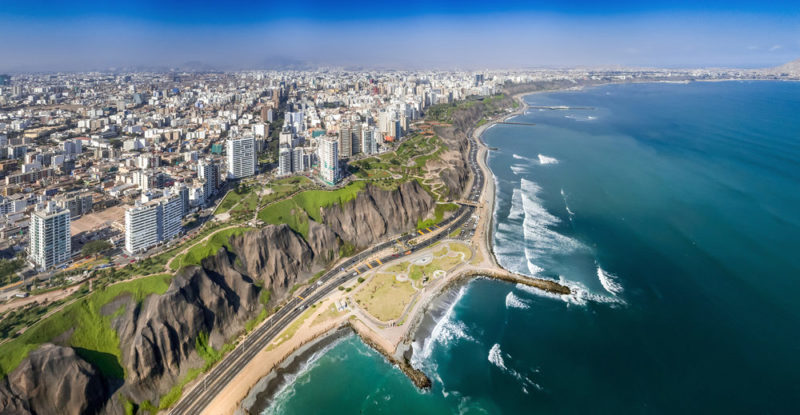
Regarding its topographic characteristics, Peru can be classified into three major types of relief:
- Coastal area. On the Pacific Ocean, in this area most of the population and industries of this country are located. This coast has desert characteristics and appears as a narrow line of coastline that reaches a width of 140 km in the Sechura desert .
- Sierra and mountains area . This country is crossed by the Andes mountain range , the mountainous and mountain area covers 30% of the total extension of the Peruvian territory and crosses it as a vertical line from north to south. The highest mountain is Huascarán, with 6768 meters high.
- Area jungle . Towards the eastern side of the country there is a jungle in a plateau area that borders Brazil.
Climate and hydrography of Peru
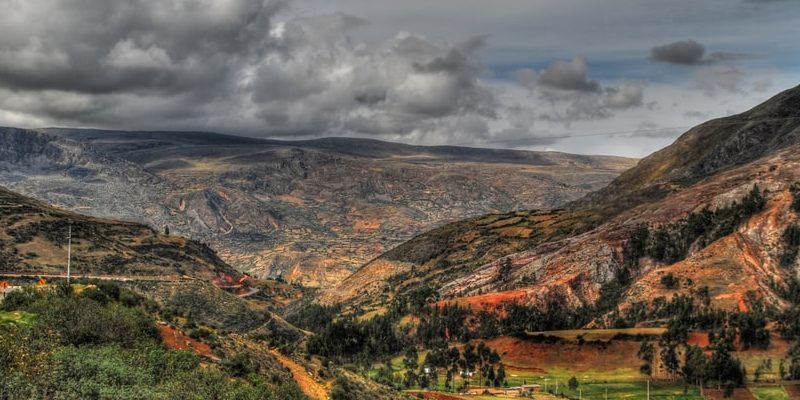
Most of the rivers descend from the Andes mountain range. In this country is Lake Titicaca , the highest lake in the world, located at 3808 meters above sea level .
Although this country is located on the equatorial line , the relief with predominance of mountains and mountains prevents its climate from being entirely tropical.
The southern coast of Peru has an arid subtropical climate , average temperatures of 18º C and annual rainfall that barely reaches 150 mm. To the north, the coast is warmer, with an average of 24ºC and more rainfall, especially during the summer.
In the area of the mountains the climate is temperate subhumid , with temperatures of 20º C and rainfall averaging between 500 and 1200 mm per year. This area also has a cold climate, with temperatures up to 12º C and possible frosts during winter.
In the jungle zone there are two types of climates: humid emittropical in the upper zone of the jungle with an average of 27º C , and humid tropical in the lower jungle zone with average temperatures of 27º C.
Flora and fauna of Peru

This country has six different types of biomes.
- Peruvian Amazon rainforest. It is the most extensive biome and is divided into high jungle and low jungle. There you can find monkeys , parrots, turtles and crocodiles .
- Coastal zone. Its vegetation is desert and species of seagulls and swallows can be seen.
- Sierra area. The cacti or eucalyptus, resistant to little rainfall, are characteristic of this area. In addition, it is common to see vicuñas, llamas, guanaco, chinchilla alpaca and some birds such as the condor or the eagle .
- Mountain area. In its great heights you can find aguares, tapirs or armadillos.
- Eastern area. It is the region where more vegetation is found, with trees such as cedar and oak.
- Waters . In this biome you can find a varied marine fauna such as shrimp, lobsters or anchovies.
Natural resources and currency of Peru

Regarding its natural resources , Peru has a large amount of oil , gas, iron , gold , zinc , copper and silver . These resources were declared in the 1993 Constitution as patrimony of the national state.
The currency that Peru uses is called the “nuevo sol” and the only currency issuer is the central reserve bank of Peru.
Religion of Peru
About 90% of the inhabitants profess the Catholic religion , established as the official religion in 1915. However, Peru allows the freedom of religious choice of its inhabitants, so there may be practitioners of other religions ( Protestants , Jews or Muslims ).
Population and language of Peru
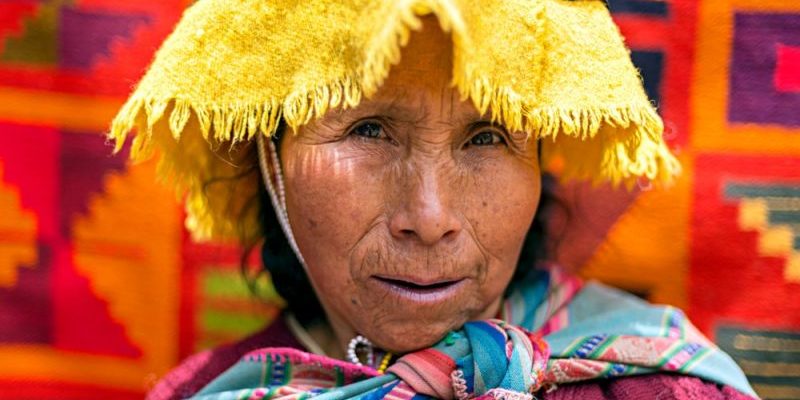
The main language is Spanish , although there are many native languages, among which Southern Quechua stands out.
Peru education
Peru has a compulsory and free educational level for the initial, primary and secondary level, between 6 and 15 years old.
In rural areas, many children do not continue their secondary education due to lack of appropriate conditions, especially women from rural areas.
Peru has both public and private universities, although only 31.3% of the total population has completed the higher level.
Culture of Peru

Peru has inherited a vast pre-Columbian culture , specifically from the Inca empire , thus becoming the richest pre-Columbian culture in America .
After the Spanish conquest, many native customs were lost , however many others persist even today. Thus, the pre-Columbian culture and the inheritance of the Inca empire can be seen in the native foods, in the music and in the architecture .
It is also a tradition that many inhabitants maintain to speak in native languages such as Quechua and Aymara and even use names in these languages for their children.
Health in Peru
Peru has a mixed health system: public and private . According to the WHO (world health organization) the Peruvian health system is ranked 115th.
Life expectancy of 71.7 years for men and 76.9 for women. The infant mortality rate is 18 per 1000 births, although this value has decreased since 1990.
The main diseases that plague the population and cause death are: neoplasia, influenza, pneumonia, bacterial, cardiovascular and cerebrovascular diseases.
Government of Peru
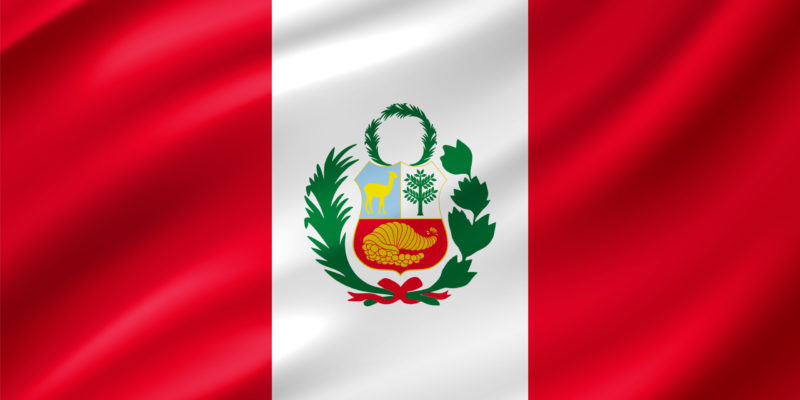
Peru is a democratic, representative and presidential republic with a multi-party system. Power is divided between the executive , the legislative and the judicial .
The president-elect has a five-year term by direct and popular vote. The amendment to the constitution indicates that the president-elect cannot be appointed for two consecutive terms.
It is this president who must elect the members of the council of ministers and those of the court of the supreme court .
The above content published at Collaborative Research Group is for informational and educational purposes only and has been developed by referring reliable sources and recommendations from experts. We do not have any contact with official entities nor do we intend to replace the information that they emit.
